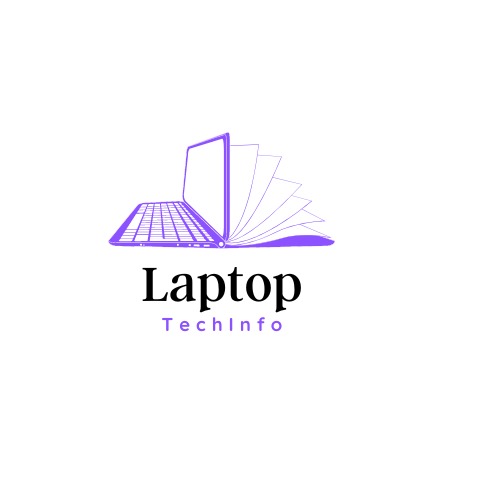
LED’s expanded form is Light Emitting Diode. This is a type of light source that is very energy efficient and has brought drastic change in display and lighting more so globally. LEDs are applied in many devices including television, laptop computer monitors, traffic and street signals, home lighting among others.
How LED Works
LED stands for Light Emitting Diode is a semiconductor device which gives out light when an Electrical current is passed through it. Unlike other types of light bulbs LED does not emit light in the manner in which it positively heats a filament. Rather, they employ electroluminescence, a phenomenon in which electrons are accelerated within a semiconductor material then discharge photons of light. This leads to rendition of substantial energy in the form of heat thereby making LEDs some of the most efficient lighting devices in various applications.
Key Features of LED
Energy Efficient: LEDs consume less electricity compared to the regular incandescent bulbs or even the fluorescent lighting systems hence being widely adopted for energy conservational purposes.
Long-Lasting: LEDs have a long life expectancy of between 50,000 to 100 000 hours which is twenty five times longer than many lighting options currently in the market. This means that there is likely going to be a decrease in the number of replacements hence less costs on maintenance.
Bright and Clear Display: LED can give light more effectively and sharper images, that is why they are used in creating TV screens, laptops displays and screens of portable devices such as phones and tablets.
Common Uses of LED
Laptop Screens: Today, many laptops have LED-backlit displays because they are bright, 다시, clear and efficient when it comes to power consumption.
Televisions: There are many LED TVs that have hit the markets due to their capability of displaying brighter colors and thin and lightweight construction as compared to the previous models.
Lighting: It is widespread in home lights and street lights and car headlights because the energy consumption is less and life is long.
Advantages of LED Technology
Low Heat Production: LED is therefore superior to genres like the light bulb because it generates slight heat hence it does not become hot after use.
Environmentally Friendly: LEDs have zero toxic components such as mercury unlike other forms of lightings thus making them environmentally friendly.
Durable: LEDs are defined as solid state constituents and therefore more durable to shocks and vibrations than other forms of lighting.
Finale
LED technology is one of the most groundbreaking and innovative ways to change the world of lighting and display. LED is quite popular today because of its power efficiency, long life span and high brightness ranging from laptop displays to home lighting. With the future development of technology, such LEDs are going to have a larger impact on enhancing effectiveness and saving our environment.
If you are interested in more laptop and technology related information then please visit LaptopTechInfo.com.
To learn about Technology please visit at TechnologyTechInfo.com!

